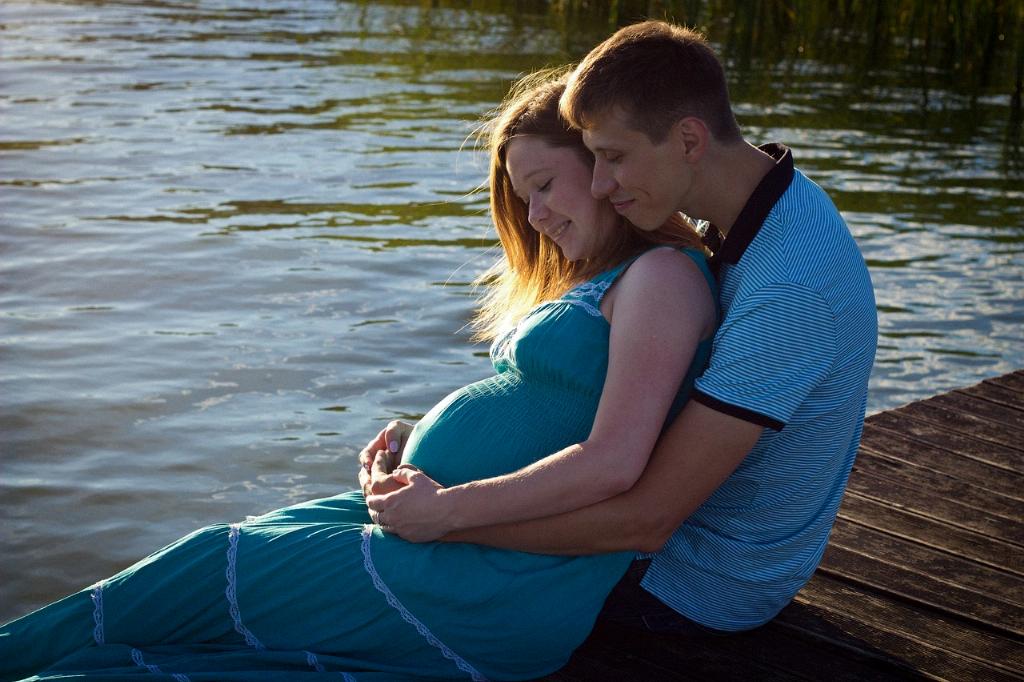Many individuals undergoing a Cesarean section may wonder about the duration for which glue stays on their C-section incision. It is essential to note that typically, the glue applied to the incision should start coming off within one week of the surgery. This is a natural part of the healing process, and the body gradually sheds the adhesive material as the incision heals.
If you find that the glue or steri-strips used on your incision do not come off on their own within the first week post-surgery, it is recommended to gently remove them prior to your scheduled post-operative appointment. Doing so ensures that the incision area remains clean and allows your healthcare provider to assess the healing progress effectively.
There is no need to cover your C-section incision with any additional dressing while showering. The adhesive used in the glue application is designed to withstand water exposure, and keeping the area clean by allowing water to gently run over it during your shower can aid in the healing process.
It is crucial to follow the post-operative care instructions provided by your healthcare provider regarding the incision site. If you observe any signs of infection, such as increased redness, warmth, swelling, or drainage from the incision, it is important to contact your healthcare provider promptly for further evaluation and treatment.
While the majority of individuals will see the glue on their C-section incision start to come off within the first week, the complete shedding process may vary from person to person. Some individuals may notice the glue remnants for a slightly longer period, but this is typically within the realm of normal healing.
It is essential to avoid forcefully peeling off the glue or steri-strips from your incision as this can disrupt the healing tissue and potentially lead to complications. If the adhesive material is stubborn and does not come off easily, it is advisable to consult your healthcare provider for guidance on safe removal methods.
Ensuring that the C-section incision area remains clean and dry can promote optimal healing and reduce the risk of complications. Avoiding the use of harsh soaps or scrubbing the incision site vigorously is recommended to prevent irritation and damage to the delicate healing tissue.
Applying gentle pressure while washing the area with mild soap and water can help keep the incision clean without causing undue stress on the healing skin. Patting the incision dry with a clean, soft towel after showering is preferable to rubbing the area to avoid unnecessary friction.
It is normal to experience some itching or discomfort around the incision site during the healing process. Refrain from scratching or picking at the incision area as this can introduce bacteria and increase the risk of infection. If the itching is persistent or accompanied by other concerning symptoms, consult your healthcare provider for advice.
Keeping the incision site protected from excessive sun exposure is important during the healing phase. Direct sunlight can potentially cause the incision area to darken and delay the fading of any residual glue marks. If you need to be in the sun, consider covering the incision with clothing or a non-adhesive bandage to shield it from UV rays.
Regularly monitoring the appearance of your C-section incision and promptly addressing any changes or concerns with your healthcare provider is crucial for ensuring optimal healing and reducing the risk of complications. Open communication with your healthcare team can help address any questions or uncertainties you may have throughout the recovery process.
By following the recommended post-operative care guidelines, staying attentive to the healing progress of your C-section incision, and seeking timely medical attention for any issues that arise, you can support a smooth recovery and promote the healing of your incision site.

